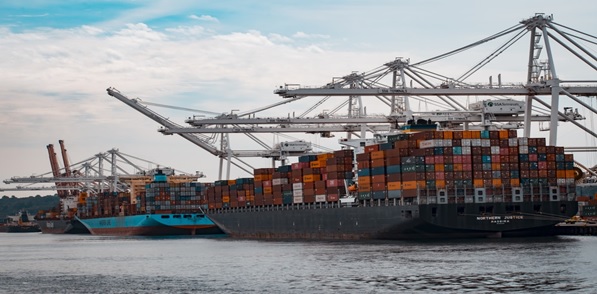While the Covid-19 outbreak wreaked havoc on supply chains around the world, it also highlighted the industry’s fragmentation. One of the main reasons for this is the growing complexity of managing global supply networks. Logistics teams must factor in the limitations of restricted procurement space and the use of predictive analytics to accommodate for unanticipated delays and interruptions.

The Suez Canal closure in March 2021 was one of the key incidents that rocked world trade. Exporters suffered major economic losses as a result of a massive ship being stuck on one of the busiest trading routes, resulting in a massive backlog that impacted global trade for months. Despite the fact that this occurrence drew rapid notice from the media, Many of these minor occurrences, on the other hand, go unreported, resulting in losses for both shippers and exporters. With the use of real-time analytics, these losses can be averted
“Four out of every ten containers (40 percent) missed their scheduled sailing,” according to the Maritime Executive, “while several important carriers and ports reported rollover rates of above 50 percent.” “Global shipping line schedule reliability has declined to 34.9 percent in January 2021,” according to the Global Liner Performance (GLP) report. As a result, one of the most pressing demands for logistics management to strengthen the supply chain is to have technologies in place to improve cargo visibility.
The shipping and logistics business is now catching up to the latest technological advancements. More than 95 percent of all manufactured goods are transported in containers at some point during their transit life cycle. While many markets and traders have changed, the majority of the ecosystem still relies on outdated processes that fail to provide real-time intelligence or precise location, resulting to even more turmoil.
Dr. Karpagavalli. G
Asst Prof, MBA-DSCE
